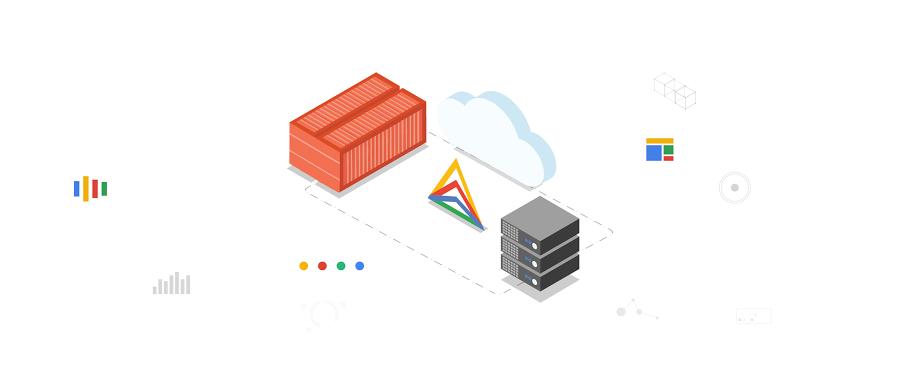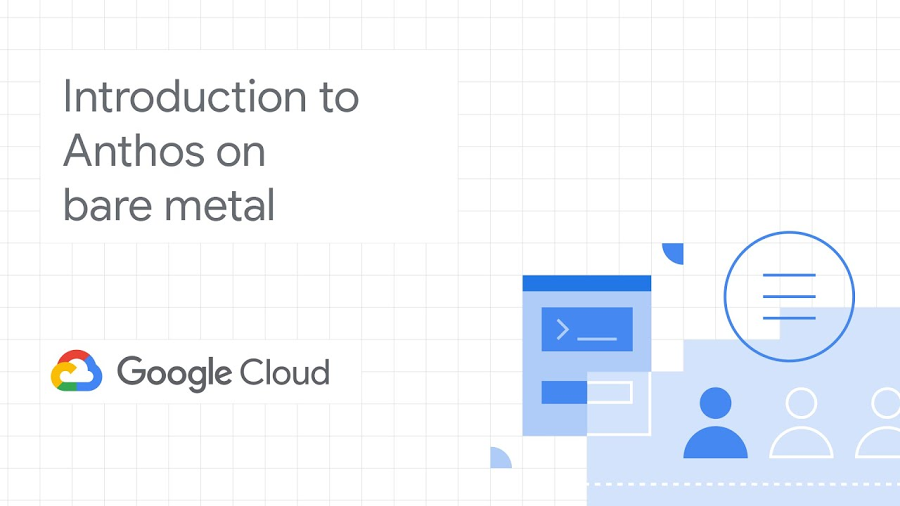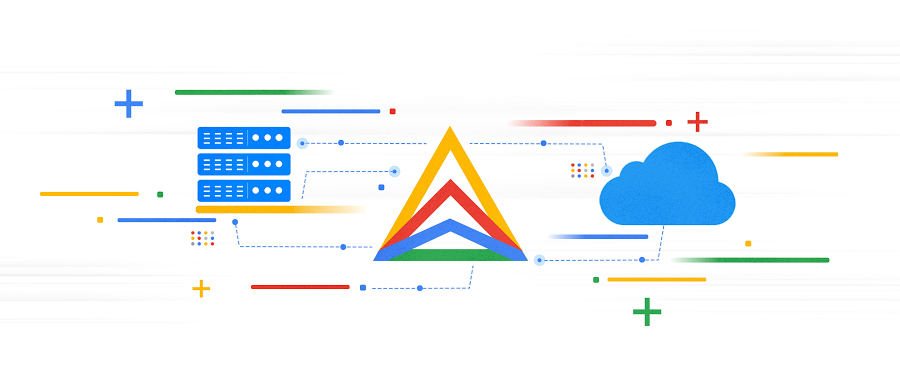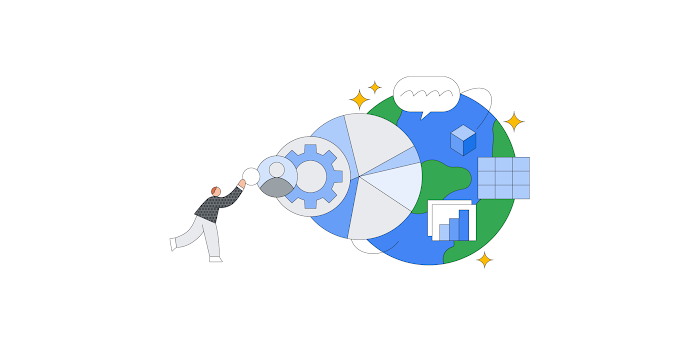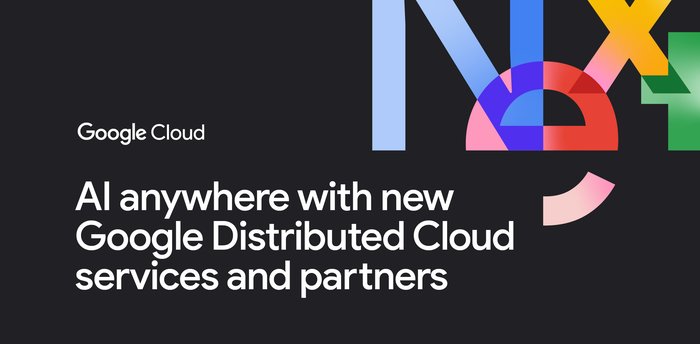Anthos in depth: All the posts in our hybrid and multicloud development series
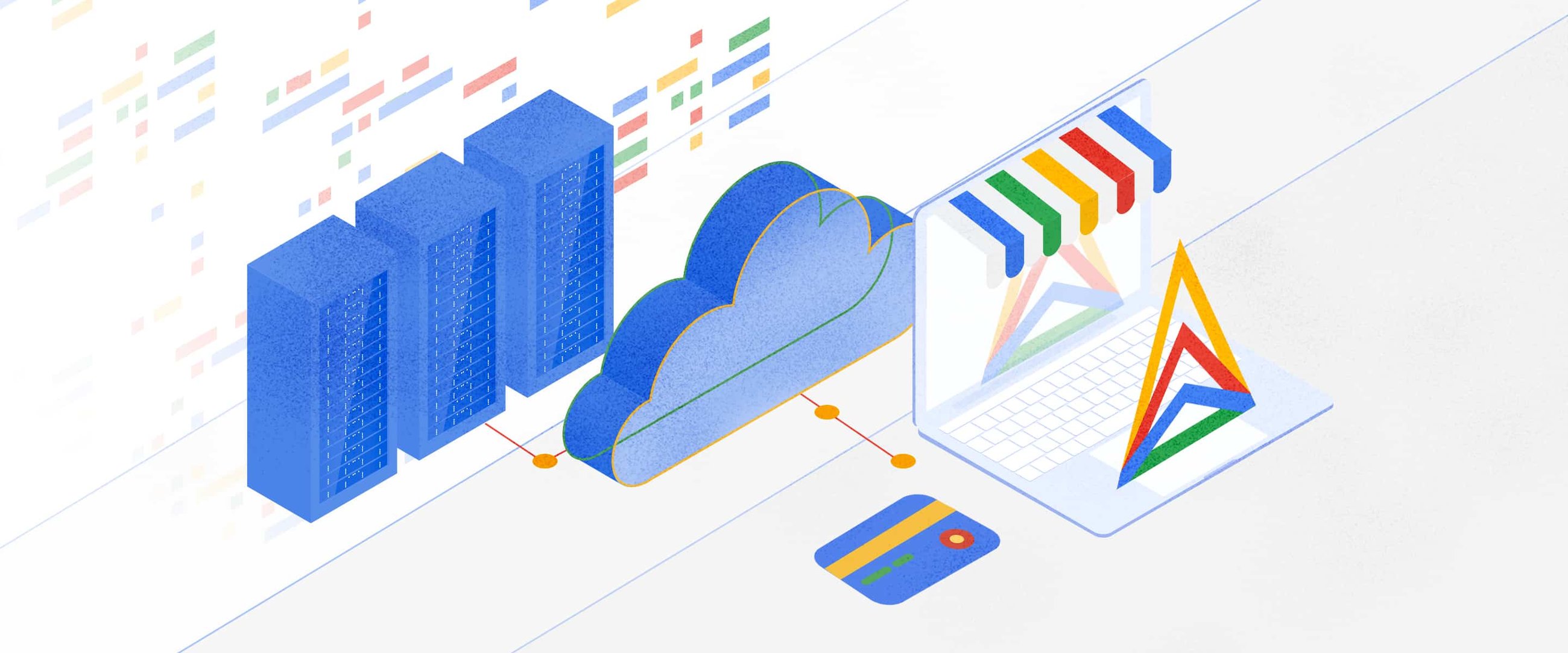
Arun Ananthampalayam
Product Manager
Every company is trying to get better business outcomes through software. We created Kubernetes to maximize productivity of our own developers, and open sourced it to help others achieve the same. To make Kubernetes more production ready, we created Google Kubernetes Engine (GKE) as the best way to consume Kubernetes as a reliable, secure and fully managed service. A few years later we introduced Anthos, a managed platform designed to simplify the management of Kubernetes clusters on any public or private cloud by extending a GKE-like experience along with our best open-source frameworks, with a Google Cloud backed control plane for consistent management of services in distributed environments.
Anthos extends Google Cloud services and engineering practices to your environments so you can modernize apps faster and establish operational consistency across them. It can be used for all application deployments, both legacy as well as cloud-native, running on your existing virtual machines (VMs) and bare metal servers, while offering a service-centric view of all your environments.
But what does that mean for your business, and how can Anthos be used to support your IT strategy? Over the last year, we created a series of blog posts to help you get started and get the most from Anthos. We’ve pulled them together here so you can read all the posts in one place or bookmark them for later.
How Anthos supports your multicloud needs from day one
Most enterprises that run in the cloud have already spent a significant amount of effort automating, operationalizing, and securing their environment. Many have spent years investing in a single cloud provider. Yet today, the ability to run workloads on multiple cloud providers is becoming increasingly important.
In this post, you’ll learn more about how Anthos makes multicloud easier with a consistent development experience regardless of the environment and by helping you consolidate operations across on-premises, Google Cloud, and other public clouds (starting with AWS). Read more.
3 keys to multicloud success you’ll find in Anthos 1.7
Beyond simply letting you run apps in on-prem and in different clouds, we’ve noticed that successful multicloud implementations share characteristics that enable higher-level benefits for both developers and operators. To do multicloud right, you need to:
Establish a strong “anchor” to a single cloud provider
Create a consistent operator experience
Standardize software deployment for developers
We recently released Anthos 1.7, our run-anywhere Kubernetes platform that’s connected to Google Cloud, delivering an array of capabilities that make multicloud more accessible and sustainable. Read this post to get a deeper look at how our latest Anthos release tracks to a successful multicloud deployment. Read more.
Anthos in depth: Application modernization isn’t easy, but we can make it easier
Migrating and modernizing your application and moving to the cloud can be a really fun and interesting challenge. You can learn a lot through looking at solutions and architectures. But, If anyone tells you that migrating applications is “easy,” you probably stop listening immediately. The tools might be easy to use, but application migration is never instant, never just a clean one-and-done kind of adventure. It can be daunting to even know what tools to try out. We can make it easier for you and help you experiment.
In this post, we cover the top four Google Cloud tips on how to make your migration journey a bit easier that you (probably) didn’t know about. Read more.
Anthos on bare metal, now GA, puts you back in control
Anthos on bare metal opens up new possibilities for how you run your workloads, and where. Some of you want to run Anthos on your existing virtualized infrastructure, but others want to eliminate the dependency on a hypervisor layer, to modernize applications while reducing costs. For example, you may consider migrating VM-based apps to containers, and you might decide to run them at the edge on resource-constrained hardware.
This in-depth post explores the Anthos bare-metal deployment option and how it enables you to modernize your applications while reducing costs, improving performance, and unlocking new use cases for edge computing. Let’s dive into the specifics of Anthos on bare metal and also share technical details for how to get started. Read more.
Hands-on with Anthos on bare metal
Anthos on bare metal is a deployment option to run Anthos on physical servers, deployed on an operating system provided by you, without a hypervisor layer. Anthos on bare metal will ship with built-in networking, lifecycle management, diagnostics, health checks, logging, and monitoring. Additionally it will support CentOS, Red Hat Enterprise Linux (RHEL), and Ubuntu—all validated by Google.
In this technical blog post, learn how to install Anthos on bare metal (ABM), covering the necessary prerequisites, the installation process, and using Google Cloud operations capabilities to inspect the health of the deployed cluster. Read more.
Anthos in depth: Toward a service-based architecture
In theory, service-based architectures like microservices increase development release velocity with minimum disruption. But in practice, teams often face unforeseen challenges with complexity and operational efficiency that pressure them to adopt modern deployment and management practices better suited to these architectures.
Read this post to get a deeper look at how Anthos Service Mesh can help you better understand your services, set high-level policies to control services, and secure inter-service communication without making changes to existing application code. Read more.
Anthos in depth: Transforming your legacy Java applications
Legacy applications are holding back business initiatives and the business processes that rely on them. While new apps may be cloud-native, most existing applications are still large monolithic apps—and the majority of those are written in Java. To help, Google Cloud has developed guidelines for modernizing Java applications to deliver immediate operational cost savings, reduced dependencies on proprietary software, and increased delivery speed.
Read this post to understand why Anthos is a key part of that path and how it can be used to modernize existing Java apps with containerized microservices alongside VMs. Read more.
Congrats, you bought Anthos! Now what?
With so many possibilities with Anthos, it might be challenging to know where to start. Don’t worry, we’ve got you covered. Once you have your new application platform in place, there are some things you can do to immediately get value and gain momentum. This post provides our top six suggestions for how to hit the ground running day one with Anthos. Read more.
Getting started
Anthos helps companies reap the full benefits of the latest cloud-native technologies like Kubernetes, serverless, and service mesh—without being held back by legacy investments or fear of vendor lock-in. Learn more about how Anthos can help you on your modernization journey by downloading the Anthos under the hood ebook, or get started now in the Anthos Sandbox.
